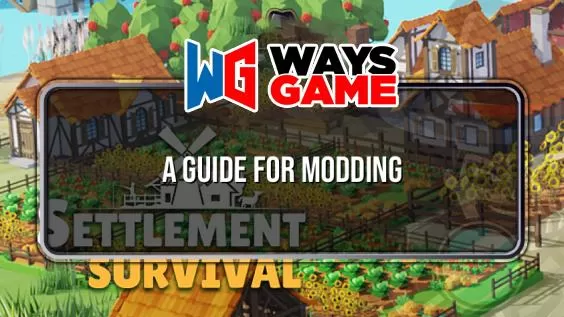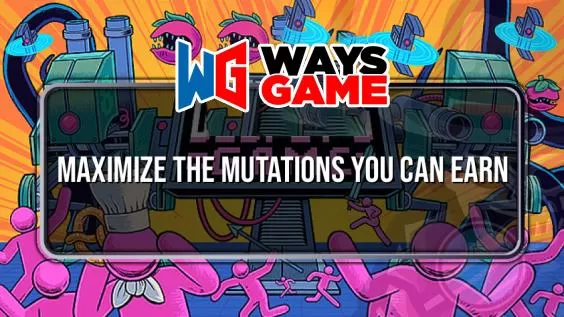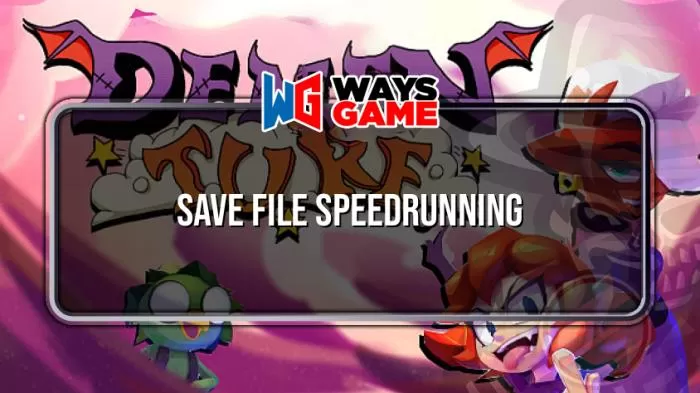This is a proposed solution for preventing AI Trains from colliding when two trains are heading for the same switch (I.E. when two routes join, or when a branch joins a mainline).
Why did these trains crash?
The AI Trains read the coding embedded in the track, the don’t actually see and read the signal aspects (red, yellow, green) like we do. They also cannot interpret complex “Mixed Aspect” signals like we’ll use later.
So while you may have setup your signals correctly like this:

What you end up getting is this:

The path ahead is 100% obstructed, but the obstruction is technically on the straight portion of the switch; not the curve! Neither the signal on the right, nor the AI train on the right, can see the obstruction.
Likewise, if the obstruction was on the curve of the turnout, the incoming AI Train on the left, and its accompanying signal, wouldn’t see the obstruction as it is now on the curve instead of the straight track.
*The general blind spot area is indicated by the red square
*Once the obstructing train is past the switch and onto the next segment, normal operation resumes (indicated by that green square).
Giving Manual Dispatcher Authorization
In real life, there may be a time where a train approaches a red signal and needs to proceed. They can contact dispatch and gain limited clearance through restricted area. We can emulate this to our advantage.
The mainline, indicated by the red train, has the right of way and is through traffic.
While they have priority, they should still have a signal indicating whether the track beyond the switch is clear [not pictured here].

.
Our train is going to seek limited clearance via three signs, and two “human friendly” signals. First off, we see two signs next to the light gray track: “Stop and Wait” and “Sound Horn”.

.
Next, in the darker grey segment, there is a “Disable AI Drive” sign.

.
Combined, these signs will stop the train, sound the horn to notify dispatch (you), and ensure the train does not proceed by disengaging the AI before the train gets going again.
*Note: Faster trains require more space to stop, while slower trains may unfortunately stop too soon and so they’ll have gained speed when they cross the “Disable AI” sign.
**The alternative to mastering this timing is to max out the “Stop and Wait” time
For our human drivers and dispatchers, we have our final feature, the mixed signal.

.
The mixed signal indicates to humans (not AI) that the left track is not clear, but the path ahead and to the right is.

.
Once BOTH signals are clear, the Dispatcher can permit the AI Train to proceed (by engaging the AI), or the driver can manually operate the train up until the next “Enable AI Drive” sign.
Bonus: For added realism, you can supplement the given signage with a lower speed limit sign
until the train is through the switch.
And for those interested, the layout used for this guide can be found here:
https://steamcommunity.com/sharedfiles/filedetails/?id=2761327771 – [steamcommunity.com]
This is all we can share for AI Trains, Converging Tracks, And How To Drive Them – Rolling Line for today. I hope you enjoy the guide! If you have anything to add to this guide or we forget something please let us know via comment! We check each comment! Don’t forget to check XIXGO.COM for MORE!








